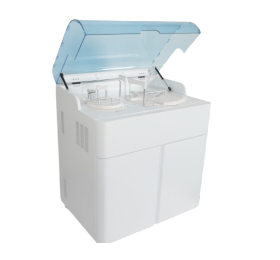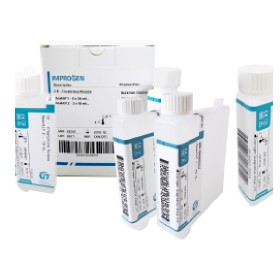Eastmed Medical Technologies: Pioneering Excellence in Clinical Laboratory Diagnostics
About Us
Founded in 2012, Eastmed Medical Technologies has established itself as a leading provider of Clinical Laboratory Diagnostic Products. With a presence in over 30 countries, we are dedicated to delivering high-quality, innovative solutions that cater to both local and international healthcare markets. Our comprehensive product portfolio includes state-of-the-art medical equipment such as:
- Biochemistry Analyzers (Semi and Fully Automatic)
- Hematology Analyzers
- Electrolyte Analyzers
- Microplate Readers and Washers
- A complete range of IVD Reagent Kits
Each product is designed with precision to meet the demanding standards of modern healthcare facilities, ensuring accurate, efficient, and reliable diagnostics for improved patient care.
Commitment to Innovation & Quality
At the core of Eastmed’s operations is an unwavering commitment to quality and innovation. Through continuous research and development, we aim to exceed industry standards, driving advancements in healthcare diagnostics. Our solutions are crafted using cutting-edge technology and premium materials, ensuring superior performance, durability, and reliability.
In 2018, we expanded our product range to include Microbiology Lab Equipment Solutions, further strengthening our ability to provide comprehensive diagnostic solutions for laboratories worldwide.
Why Choose Eastmed?
- Global Recognition: Trusted in over 30 countries for high standards and innovative solutions.
- Advanced Technology: Our equipment is designed with the latest innovations to enhance precision and efficiency.
- User-Friendly Design: Intuitive interfaces and streamlined workflows for effortless operation.
- Comprehensive Support: We provide extensive after-sales services, training, and ongoing product updates.
- Cost-Effective Solutions: High-quality products at competitive prices, ensuring value for healthcare providers.
Our Commitment to Excellence
At Eastmed, we take pride in upholding the highest standards in every aspect of our business. Our key pillars of excellence include:
- Precision & Reliability: Ensuring accurate diagnostic results for informed medical decisions.
- Longevity & Performance: Products built for durability and consistent service.
- Customer-Centric Approach: Dedicated support, training, and warranties for complete peace of mind.
- Strategic Partnerships: We foster lasting collaborations, emphasizing mutual growth and success.









